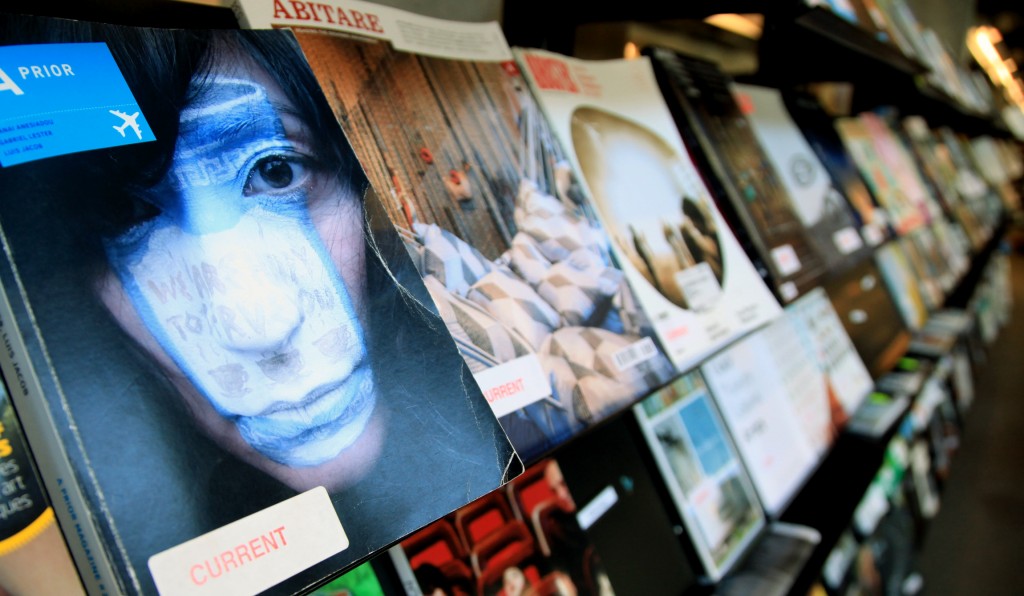[responsive] [/responsive]
[/responsive]
Understanding the business of small magazines is no easy feat. So when Caroline O’Donovan of the Neiman Journalism Lab dove into the topic, she went right to the source. Her interview with little magazine veteran and publisher of Lapham’s Quarterly provides some good food for thought.
“Rose is highly critical of the bevy of small magazine founders working today. His is a very distinct perspective, one shaped by his nearly two decades in a struggling business,” O’Donovan notes. “But the clarity of his advice — and his general optimism — are both refreshing and useful. This is less a lesson in innovation than a pragmatic exhortation to return to basics.”
For Rose’s part, he does not shy away from one of the key issues facing small magazines today: a lack of grownups in the room.
“Part of the problem that the industry faces is that the rush of small magazines that are appearing have terrific intentions, and their editorial mission statements are very noble and should be applauded, but what’s missing is publishing expertise,” Rose explains. “There are no publishers at any of the magazines that you’ve mentioned and I think that’s very revealing about the attitude emerging in the small magazines. This Etsy-based marketing strategy. I wouldn’t even call any of them marketing strategies, to be blunt about it.”
He notes that even in the magazine publishing courses at the post-grad level, the lack of actual publishing experience is obvious.
“You see an awful lot of magazine publishing courses — Columbia, New School, NYU. It’s revealing that, on any of these courses, there isn’t a single magazine publisher,” Rose continues.
“What’s happening is you’re getting kids coming through MFA programs, and, quite correctly, they’re full of this marvelous confidence that they should have, that they can go out and really make a difference and produce excellent editorial pieces. But what these courses aren’t teaching is anything whatsoever to do with the business of magazine publishing.”
And that’s a shame, because so many of the young people launching these new ventures are passionate and inspired and truly are putting together a good product. Where they fail is running the business of the magazine. Accusing many of them of a “Field of Dreams” approach, Rose blames the Internet for making it less “sexy” to be learning about print publishing.
“You used to be able to find vocational courses at institutes on circulation modeling, for example, on marketing metrics. They were the hardcore bones of publishing. You don’t get those things anymore, because people stopped learning about print publishing in the early 2000s when they said print was going to be dead,” says Rose.
“It’s increasingly difficult, for example, to get good ad sales staff on magazines. Nobody knows how to do it. To find someone who actually knows about the mechanics of circulation is impossible. You just can’t do it.”
His advice? Focus on the print magazine, and use the Internet only to support the print goals.
“A website that coexists with a print magazine should be there primarily to complement it and encourage it, to pull in a broader print audience. There’s no reason for a website to exist for a print magazine other than to sell print subscriptions,” says Rose.
“The idea that you can generate revenue from it is, again, a false one. You can get maybe a marginal amount of ad revenue from a website, but what it should be doing is selling print subscriptions.”
